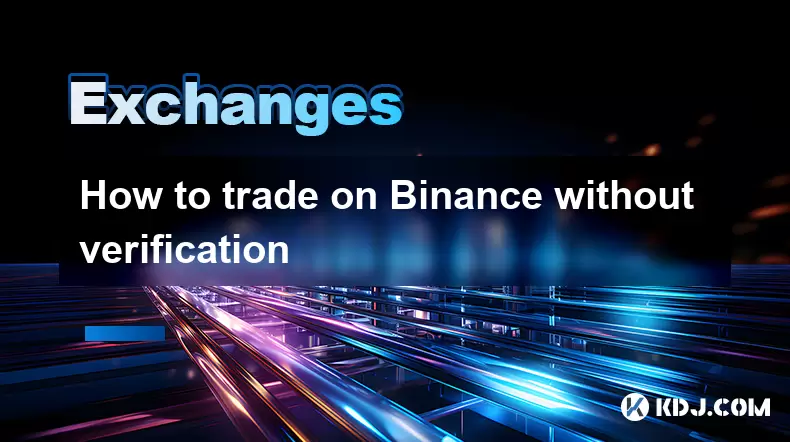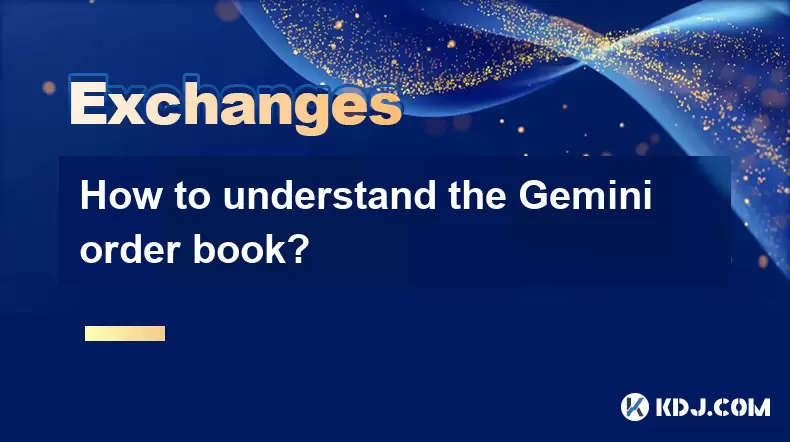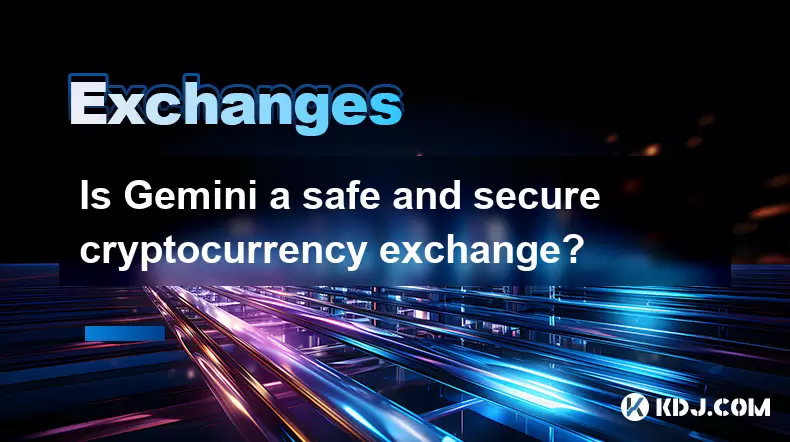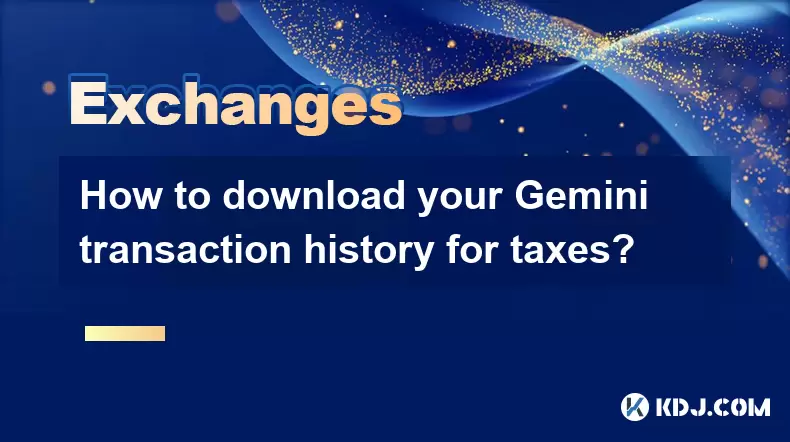-
 Bitcoin
Bitcoin $114000
0.38% -
 Ethereum
Ethereum $3494
-0.29% -
 XRP
XRP $2.876
-1.80% -
 Tether USDt
Tether USDt $0.9999
0.02% -
 BNB
BNB $749.1
-0.45% -
 Solana
Solana $161.8
-1.23% -
 USDC
USDC $0.9998
0.00% -
 TRON
TRON $0.3249
-0.42% -
 Dogecoin
Dogecoin $0.1987
-0.05% -
 Cardano
Cardano $0.7247
1.90% -
 Hyperliquid
Hyperliquid $38.39
0.52% -
 Stellar
Stellar $0.3889
2.87% -
 Sui
Sui $3.459
1.66% -
 Chainlink
Chainlink $16.18
1.43% -
 Bitcoin Cash
Bitcoin Cash $540.8
1.19% -
 Hedera
Hedera $0.2449
3.79% -
 Ethena USDe
Ethena USDe $1.001
0.03% -
 Avalanche
Avalanche $21.41
-0.12% -
 Toncoin
Toncoin $3.699
4.73% -
 Litecoin
Litecoin $110.0
3.08% -
 UNUS SED LEO
UNUS SED LEO $8.964
0.05% -
 Shiba Inu
Shiba Inu $0.00001221
1.28% -
 Polkadot
Polkadot $3.608
1.91% -
 Uniswap
Uniswap $9.150
1.59% -
 Monero
Monero $297.7
0.78% -
 Dai
Dai $1.000
0.02% -
 Bitget Token
Bitget Token $4.319
0.78% -
 Pepe
Pepe $0.00001051
1.89% -
 Cronos
Cronos $0.1323
0.20% -
 Aave
Aave $257.8
1.36%
How to trade on Binance without verification
Unverified users can trade crypto on Binance via spot trading after depositing digital assets, but face strict withdrawal limits and no fiat or P2P access.
Aug 03, 2025 at 03:28 pm

Understanding Binance’s Verification Requirements
Binance, one of the world's largest cryptocurrency exchanges, operates under strict compliance protocols to adhere to Know Your Customer (KYC) and Anti-Money Laundering (AML) regulations. These regulations require users to complete identity verification to access full platform features. However, new users may wonder if it’s possible to trade on Binance without verification. The answer is yes — but only with significant limitations. Unverified accounts can perform certain activities, though access to advanced trading tools, higher withdrawal limits, and fiat on-ramps is restricted.
Binance allows unverified users to create an account and begin trading cryptocurrencies using deposited digital assets. This means you can deposit crypto from an external wallet and trade within the exchange. However, fiat deposits (like USD or EUR) and withdrawals above a minimal threshold require identity verification. Understanding the difference between verified and unverified account capabilities is essential for users aiming to remain anonymous or avoid sharing personal documentation.
Creating an Unverified Binance Account
To begin trading without verification, the first step is creating a Binance account. This process does not initially require ID submission. Follow these steps:
- Visit the official Binance website and click "Register".
- Enter a valid email address and create a strong password.
- Complete the CAPTCHA and email verification process.
- Enable Two-Factor Authentication (2FA) using Google Authenticator or SMS for added security.
Once the account is created, you can log in and access the trading interface. At this stage, Binance will prompt you to complete KYC, but you can dismiss or delay this process. Your account remains unverified, and you can proceed to deposit cryptocurrency.
It’s important to note that Binance may impose daily trading and withdrawal limits on unverified accounts. For example, unverified users might only be allowed to withdraw 1 BTC per day. These limits vary by region and are subject to change based on regulatory updates.
Depositing Cryptocurrency to Trade
Since unverified users cannot deposit fiat currency, the only way to fund your Binance account is by transferring crypto from an external wallet. Choose a cryptocurrency you already own, such as Bitcoin (BTC), Ethereum (ETH), or Binance Coin (BNB).
To deposit:
- Log in to your Binance account and navigate to "Wallet" > "Spot Wallet".
- Click "Deposit" and select the cryptocurrency you wish to transfer.
- Choose the appropriate network (e.g., BTC on Bitcoin network, USDT on BEP-20 (BSC)).
- Copy the generated deposit address or scan the QR code.
- Send funds from your external wallet to this address.
Always double-check the network compatibility. Sending USDT via ERC-20 to a BEP-20 address will result in permanent loss of funds. Once the transaction confirms on the blockchain (which may take several minutes), the funds will appear in your Binance spot wallet, and you can begin trading.
Executing Trades on the Spot Market
With funds in your spot wallet, you can now trade on Binance’s Spot Trading interface. This allows you to exchange one cryptocurrency for another, such as BTC to ETH or BNB to SOL.
To place a trade:
- Go to "Trade" > "Classic" or "Advanced" mode on the Binance website or app.
- Search for the trading pair you want (e.g., BTC/USDT).
- Choose the order type: Market Order (instant execution at current price) or Limit Order (set your desired price).
- Enter the amount you wish to trade.
- Review the estimated fees and click "Buy" or "Sell".
Trading fees on Binance are typically 0.1% per transaction, but users who hold BNB can pay fees in BNB to receive a 25% discount. Even without verification, you can use this discount if you have BNB in your wallet.
All trades are executed on the blockchain or within Binance’s internal matching engine, depending on the asset. Unverified users can view their trade history, open orders, and portfolio performance in the dashboard.
Withdrawing Profits and Managing Limits
After trading, you may want to withdraw your profits to an external wallet. Unverified accounts face withdrawal restrictions. As of current policies, unverified users can withdraw up to 2 BTC worth of cryptocurrency per day across all assets.
To withdraw:
- Go to "Wallet" > "Spot Wallet".
- Click "Withdraw" and select the cryptocurrency.
- Enter the destination wallet address and amount.
- Choose the correct network (e.g., BEP-20 for BNB, ERC-20 for ETH).
- Confirm the transaction using 2FA.
Always test with a small amount first to ensure the receiving wallet supports the network. Withdrawal fees vary by cryptocurrency and network congestion. For example, BTC withdrawals may cost 0.0005 BTC, while BEP-20 tokens have lower fees.
Keep in mind that Binance may require additional verification steps if suspicious activity is detected, even for unverified accounts. Avoid using shared devices or VPNs that trigger security alerts.
Security and Risk Considerations
Trading without verification increases privacy but also introduces risks. Without full account protection, you are more vulnerable to account recovery issues. If you lose access to your email or 2FA device, recovering an unverified account is extremely difficult.
Use a hardware wallet or non-custodial wallet to store large amounts of crypto. Never leave funds on Binance long-term if you’re not verified. Additionally, be cautious of phishing sites — always ensure you’re on the official Binance domain.
Monitor your account activity regularly. Enable login alerts and withdrawal confirmations in the security settings. Avoid sharing your API keys or recovery phrases with any third-party service.
Frequently Asked Questions
Can I use Binance P2P without verification?
No, Binance P2P requires identity verification. Even if your account is unverified for spot trading, you cannot buy or sell crypto via P2P unless you complete KYC. This includes submitting a government-issued ID and a live selfie.
Does Binance report unverified accounts to authorities?
Binance monitors all transactions for compliance. While unverified accounts have limited functionality, all on-chain activity is recorded. If suspicious behavior is detected, Binance may freeze funds or report to regulatory bodies, regardless of verification status.
Can I trade futures or margin without verification?
No, futures and margin trading require full verification. These advanced features demand higher risk assessment and identity confirmation. Unverified users are restricted to spot trading only.
What happens if Binance forces verification later?
Binance may gradually restrict unverified accounts over time. You might receive notifications urging verification. If you refuse, certain features may be disabled, and withdrawal limits could be reduced further. Continued use without compliance may lead to account limitations.
Disclaimer:info@kdj.com
The information provided is not trading advice. kdj.com does not assume any responsibility for any investments made based on the information provided in this article. Cryptocurrencies are highly volatile and it is highly recommended that you invest with caution after thorough research!
If you believe that the content used on this website infringes your copyright, please contact us immediately (info@kdj.com) and we will delete it promptly.
- Arbitrage Adventures: Creditcoin, Kaspa, and Chasing Crypto Profits
- 2025-08-03 20:30:16
- Solana's Next Chapter: SOL Prediction and the SOLF Token Buzz
- 2025-08-03 18:30:16
- Token Chart Buzz: Analysts Eye Potential Price Increase with Mutuum Finance (MUTM)
- 2025-08-03 18:30:16
- Dogecoin, Utility Tokens, and Whales: A New Era for Crypto?
- 2025-08-03 19:10:16
- Small Cap Crypto Gem Alert: Ruvi AI's 100x Potential Shakes Up Solana, Ethereum, and XRP
- 2025-08-03 19:10:16
- Cryptos, Scarcity, and Beta Games: A Troller Cat's Perspective on the 2025 Meme Coin Mania
- 2025-08-03 19:15:16
Related knowledge

How to set and manage alerts on the Gemini app?
Aug 03,2025 at 11:00am
Understanding the Gemini App Alert SystemThe Gemini app offers users a powerful way to stay informed about their cryptocurrency holdings, price moveme...

What are the websocket feeds available from the Gemini API?
Aug 03,2025 at 07:43pm
Overview of Gemini WebSocket FeedsThe Gemini API provides real-time market data through its WebSocket feeds, enabling developers and traders to receiv...

How to manage your portfolio on Gemini?
Aug 03,2025 at 10:36am
Accessing Your Gemini Portfolio DashboardTo begin managing your portfolio on Gemini, you must first log in to your account through the official websit...

How to understand the Gemini order book?
Aug 02,2025 at 03:35pm
What Is the Gemini Order Book?The Gemini order book is a real-time ledger that displays all open buy and sell orders for a specific cryptocurrency tra...

Is Gemini a safe and secure cryptocurrency exchange?
Aug 02,2025 at 10:42pm
Understanding Gemini’s Regulatory ComplianceGemini is a New York State-chartered trust company, which places it under the supervision of the New York ...

How to download your Gemini transaction history for taxes?
Aug 03,2025 at 09:15am
Understanding Gemini Transaction History for Tax PurposesWhen preparing your cryptocurrency tax filings, having a complete and accurate record of all ...

How to set and manage alerts on the Gemini app?
Aug 03,2025 at 11:00am
Understanding the Gemini App Alert SystemThe Gemini app offers users a powerful way to stay informed about their cryptocurrency holdings, price moveme...

What are the websocket feeds available from the Gemini API?
Aug 03,2025 at 07:43pm
Overview of Gemini WebSocket FeedsThe Gemini API provides real-time market data through its WebSocket feeds, enabling developers and traders to receiv...

How to manage your portfolio on Gemini?
Aug 03,2025 at 10:36am
Accessing Your Gemini Portfolio DashboardTo begin managing your portfolio on Gemini, you must first log in to your account through the official websit...

How to understand the Gemini order book?
Aug 02,2025 at 03:35pm
What Is the Gemini Order Book?The Gemini order book is a real-time ledger that displays all open buy and sell orders for a specific cryptocurrency tra...

Is Gemini a safe and secure cryptocurrency exchange?
Aug 02,2025 at 10:42pm
Understanding Gemini’s Regulatory ComplianceGemini is a New York State-chartered trust company, which places it under the supervision of the New York ...

How to download your Gemini transaction history for taxes?
Aug 03,2025 at 09:15am
Understanding Gemini Transaction History for Tax PurposesWhen preparing your cryptocurrency tax filings, having a complete and accurate record of all ...
See all articles

























































































